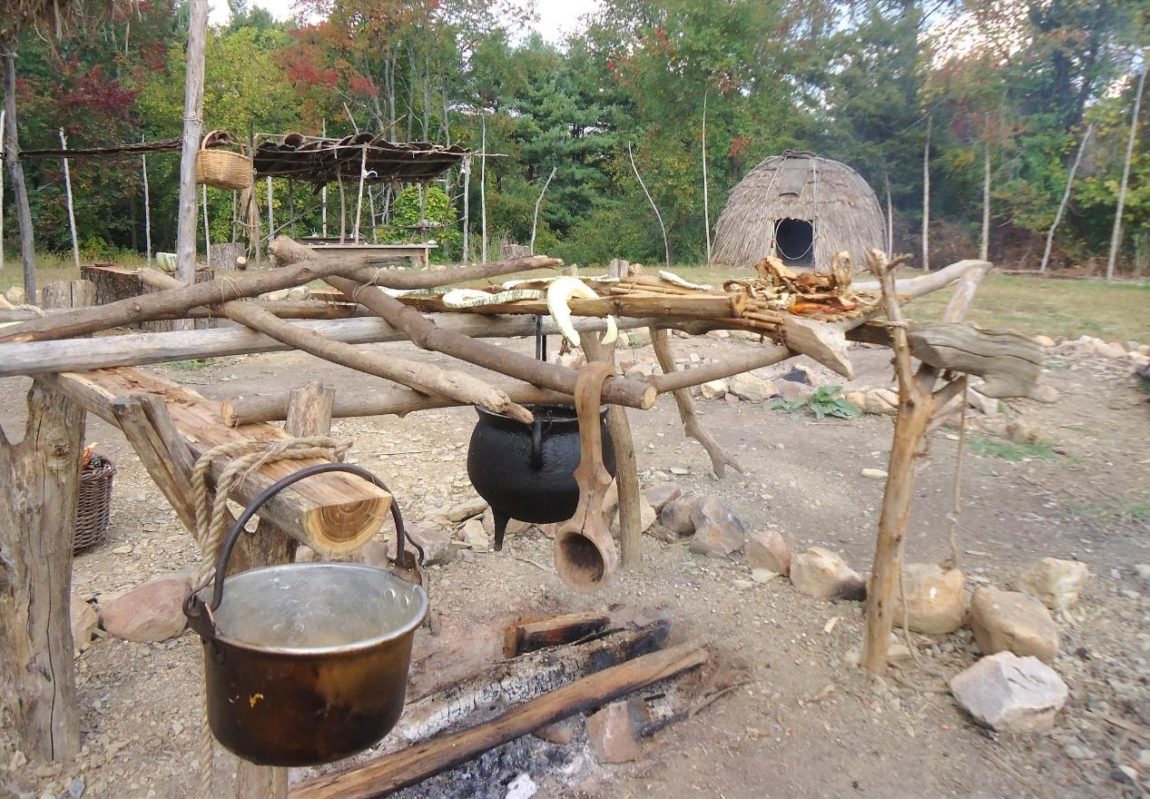All across the world, in centuries and millennia-long past, indigenous cultures used various psychedelic plants for medicine, spirituality, and bonding. The tradition is so enduring that it still continues in some parts of the world today.
In fact, Western society was introduced to psychedelic plants thanks to the indigenous cultures that still use them. Now, psychedelic plants are being championed as a revolutionary way to treat various mental illnesses.
However, that means that the West owes a lot to the indigenous cultures that blazed the trail. To find out who these indigenous cultures were and what they used, continue reading below.
South America
If there’s one place that’s associated with historic psychedelic plant use, it’s South America. More specifically, parts of the Amazon Basin that include countries like Peru, Ecuador, Colombia, Brazil, and Venezuela.
Ayahuasca
Perhaps the most famous psychedelic plant used in the region is Ayahuasca. Ayahuasca is a psychedelic drink made from the chacruna leaf (Psychotria viridis) and ayahuasca vine (Banisteriopsis caapi).
It’s believed that ayahuasca use dates back to at least 1000 AD. Ayahuasca is so widespread among the indigenous cultures that it’s challenging to list them all.
However, here are a few that used or still use ayahuasca:
- Amahuaca
- Capanahua
- Desana
- Kabuvari
In these indigenous cultures, Ayahuasca was consumed during ceremonies. These ceremonies would be held for different reasons among various tribes.
However, most tribes held ayahuasca ceremonies to access greater (or spiritual) knowledge, enter an enhanced state (speaking with gods), or heal themselves and others. Always, the Ayahuasca is prepared and given by the tribe’s shaman.
Those partaking in the ceremony would undergo intense hallucinations that are intense and difficult to endure. However, that intensity is a vital part of the spiritual and meaningful nature of the ritual.
San Pedro Cactus
In Peru, since around 1300 BC, tribes have used the San Pedro Cactus (Trichocereus pachanoi). However, in the ancient Peruvian language of Quechua, the cactus is known as Huachuma.
Huachuma is a tall, light green cactus native to the Andean mountains that grow at an impressive altitude of 6,600–9,800 feet. Within the cactus is the psychoactive substance known as mescaline.
Mescaline works like other classic psychedelics and provides hallucinations and effects within the body. Some of the cultures that used Huachuma were the Lambayeque and Nazca peoples.
Like other indigenous cultures, San Pedro was used as a medicine and for spirituality. In these tribes, San Pedro would be taken, and the experience would last from 8-14 hours.
However, San Pedro is different from other psychedelics because of its physical effects. That’s because San Pedro can be centered more in the body than the mind and provide a euphoric glow or an electric sensation.
Africa
Although not widely known for psychedelic plant use, some indigenous African tribes have a rich history of psychedelic plant use.
Iboga
In Western Africa, the Bwiti people and tribes in Gabon used the psychedelic plant Iboga (Tabernanthe iboga). Iboga contains within it the compound DMT, which is the main psychoactive component.
Iboga is slightly different from other psychedelics for its panoramic recall effect. It induces a dream-like state while one is still awake.
That’s why these tribes used this psychedelic plant as a rite of passage or through ceremonies in order to heal themselves or gain some insight. Usually, the spiritual leader would take a higher dose of Iboga than the rest of the people attending the ceremony.
He would then lead the people through the visions. As a rite of passage, young men would also take high amounts of Iboga to initiate them for significant life events.
North and Central America
Many regions in North and Central America have a long history of psychedelic plant use. The broad range of tribes here partook in many of the same psychedelic plants.
Peyote
Many tribes in North and Central America used Peyote (Lophophora williamsii) cactus. Like San Pedro Cactus, Peyote contains the psychedelic substance mescaline.
In the US, Peyote has been used since at least 5000 years ago. Its use is recorded among native North American tribes of Oklahoma and Texas.
In Mexico, Peyote was used by indigenous tribes in the Northern part of the country. Some of the tribes in Mexico that used Peyote were the Comanche, Kiowa, and Mescalero.
The psychedelic plant was used for religious, ceremonial, and healing purposes among all of the cultures that used it. The button, or flower, of the Peyote cactus, was the part that was ingested during ceremonies.
The hallucinations from Peyote could last as long as 10 to 12 hours. The trip is described as intensely visual but very light and euphoric.
Datura
Perhaps one of the most intense psychedelic plants used in indigenous cultures is Datura (Datura stramonium). Datura is intense because it’s highly toxic and can be physically dangerous on top of producing unpleasant hallucinations.
Also known as Jimsonweed, many North American tribes, like the Navajo used Datura. In Mexico, Datura played an essential role in the religion of the Aztecs and was used by shamans.
Datura was often used spiritually and for puberty rites. Young men were given Datura and confined in a space to let the experience guide them in their future.
Across the World
This is only a small sample of the indigenous cultures that used psychedelic plants throughout the world. Ancient people have sought out psychedelic plants for wisdom, medicine, or meaning on almost every continent.
It goes without saying that psychedelic plants have been crucial to the human experience. In fact, they still are critical to the human experience despite being illegal in most countries.
That hasn’t stopped many tribes and cultures from continuing the ceremonies and rites that their ancestors passed down. Unfortunately, due to harsh laws and the marginalization of indigenous peoples, many of these ceremonies and ancient wisdoms are lost.
Only now is the modern world starting to wake up to the idea that psychedelic plants can teach us a lot about ourselves and the world around us.





No Comments